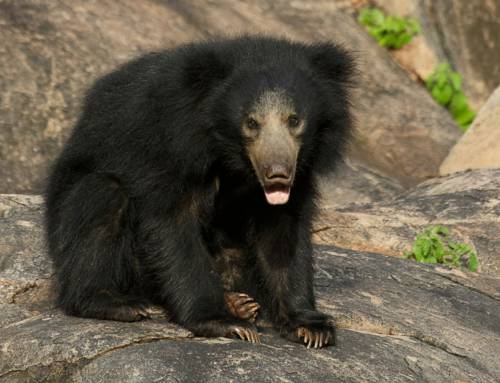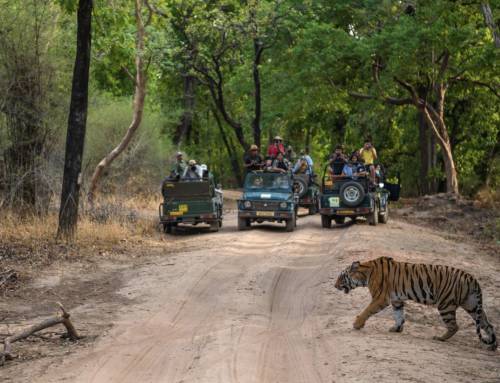We are pleased to share with you an exciting new international scientific publication authored by Dr. Krithi K. Karanth, Mr. Shriyam Gupta and Mr. Anubhav Vanamamalai, from the Centre for Wildlife Studies (India).
The paper titled “Compensation payments, procedures and policies towards human-wildlife conflict management: Insights from India” was published in the journal Biological Conservation in 2018. It can be accessed online at https://doi.org/10.1016/j.biocon.2018.07.006.
This study provides insights gained from examining tens of thousands of cases of human-wildlife conflict compensation payments made by the Indian government across 29 states of India from 2010 to 2015 and evaluates their policy effectiveness.
The scientists found that among India’s 29 states, 22 (76%) compensated for crop loss, 18 (62%) for property damage, 26 (90%) for livestock depredation, and 28 (97%) for human injury or death. In 2012–2013, a total of 78,656 conflict incidents were reported from 18 states with complete data and payments totalled $5,332,762 (ranging from $0 for no reported incidents in Tripura to $1,956,115 for 36,091 incidents in Karnataka). The average expenditures per incident were $47 for crop and property damage, $74 for livestock, $103 for human injury and $3224 for human death.
The authors recommend that existing inconsistencies in eligibility, application, assessment, implementation, and payment procedures for compensation across states be addressed in order to empower people to cope with their losses. This, they affirm, is critical to sustaining global conservation icons such as elephants and tigers thrive amidst people in a high wildlife high conflict country.






